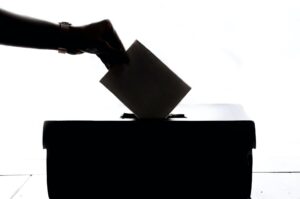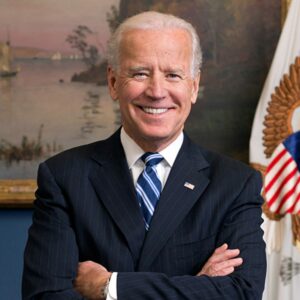If the 2000s were the decade that killed print media, then the next decade surely danced on its grave. The world transitioned to electronic media during this past decade, resulting in a sharp decline in newspaper circulation in the United States. Since the 1940’s newspaper circulation had been steady at around 55,000,000 papers annually in circulation on average; this remained steady until about 2007. In the last ten years circulation has decreased steadily; however, in the last three or four years newspaper circulation has taken a nosedive. In 2018 circulation reached only slightly over 28 million, the lowest it has been in 70 years. To put this data into perspective the pace of the drop-off, just three years prior circulation was at around 37 million, nearly ten million more than in 2018.
This kind of decline is to be expected going forward, as more and more people consume media on the internet instead of more traditional outlets such as magazines, newspapers, and television. Another cause for the decline in newspaper circulation could be the growing distrust of the news media in America. Since the election of President Donald Trump in 2016, the news media (and the United States in general) has been the most polarized it has ever been since perhaps the Civil War. This polarization spans much further than just news media, though, it has also found its way onto late-night talk shows, the professional sports media, movies and television, etc. It seems individuals and companies in modern society are forced to either choose a side or fall into obscurity among the titans of their industries, who have already sold their souls by using their products and platform to push a political ideology. For example Michelle Williams using her platform at the Golden Globes to support abortion rights. This idea is a philosophy that most news outlets live and die by; most of the major relevant news sources are seen as leaning a certain way politically, and often sacrifice their credibility by publishing articles that will appeal to a certain demographic of readers. People like to read articles from writers that share their point of view; readers who believe the newspaper they have subscribed to does not publish articles that represent their ideology are likely to end their subscription.
The fake news epidemic spreading like wildfire online has become the top contributing factor to the growing distrust in the media. The phrase ,“fake news”, has more recently become synonymous with President Trump as he often dubs negative news about himself and his administration as being false, but in actuality it is a very real problem that plagues social media platforms. Facebook in particular has had a difficult time monitoring fake news on their platform. With the recent announcement from Facebook CEO Mark Zuckerberg stating that Facebook will not fact check ads by political candidates has made fake news a more pressing issue for congress.
Now with the 2020 election on the horizon, it will be interesting to see how the media will cover these events and how their coverage will be perceived by the American public. These events represent question marks for the future of news media. Would the removal of President Trump from office work to reverse the polarization of the country moving forward? Will news outlets become less partisan if a new president is elected? How will fake news affect the outcome of the upcoming election? These are questions that affect the students of SBHS as well, as the answers to these questions will affect the world we will inherit once we move on from our life as teenagers and transition to adulthood.






Be First to Comment